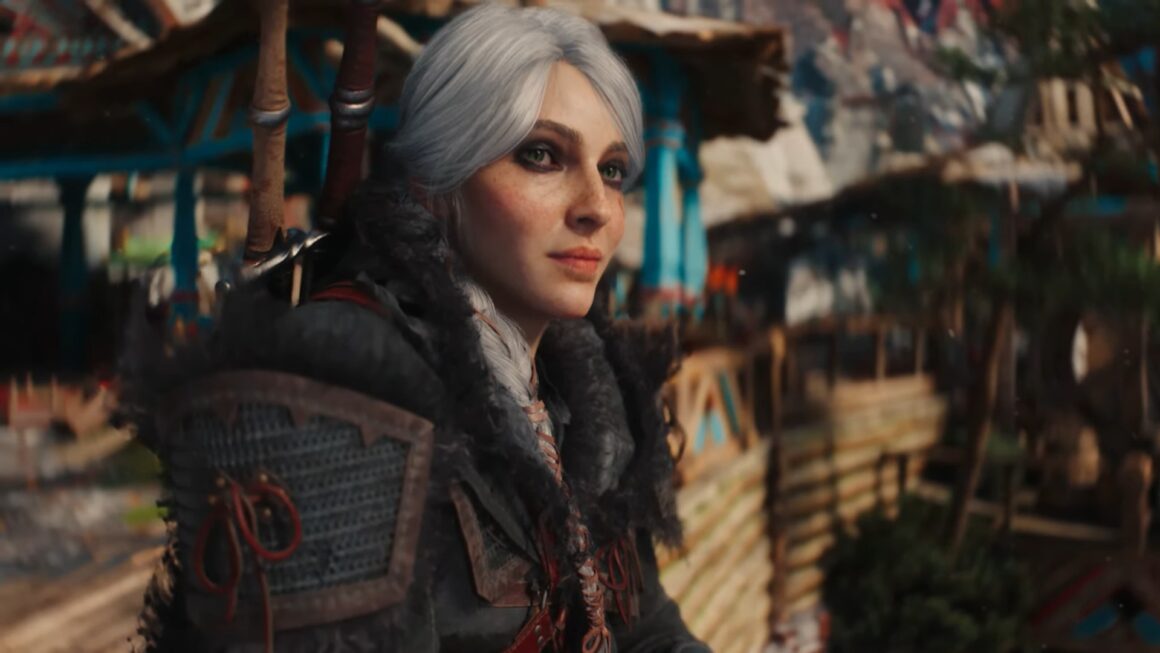For years, Unreal Engine has set the bar for visual fidelity. But when it came to open worlds, even Epic Games had limits. That might be changing.
Familiar Brilliance, Evolving Expectations
When Epic unveiled Unreal Engine 5.6 at State of Unreal 2025, I wasn’t shocked. That’s not a criticism. It’s a testament to how consistently impressive their showcases have become. Instead of surprise, I felt curious: what clever solution did they pull off this time?
The answer? Plenty. But what truly floored me wasn’t a tech demo. It was CD Projekt Red’s decision to abandon their proprietary REDengine and fully adopt Unreal Engine 5 for The Witcher 4. That move says more about the state of game development than any visual showcase ever could.
The Open World Problem and Why It Matters
Historically, Unreal Engine hasn’t been kind to developers making massive open worlds. Reports of streaming hitches, performance drops, and complex workarounds were common. Epic seems to have taken that feedback to heart.
UE 5.6, and the upcoming 5.7, directly addresses these problems:
- Fast Geometry Streaming keeps detailed environments responsive.
- Nanite Foliage (arriving in 5.7) brings lush, performance-friendly vegetation.
- Ray tracing and Lumen improvements finally deliver real-time lighting at 60 FPS on consoles.
- A rewritten asynchronous rendering pipeline removes bottlenecks in complex scenes.
These aren’t small tweaks. They’re strategic answers to a fundamental industry challenge: how to build massive, beautiful worlds without sacrificing performance.
Why CD Projekt Red’s Shift Matters
For years, CD Projekt Red insisted on using their in-house REDengine, despite its difficulties, because it gave them control. Now they’re betting everything on Unreal.
That move has ripple effects:
- It signals trust in Epic’s roadmap.
- It suggests that UE5 is becoming more cost-effective than maintaining proprietary engines.
- It means easier hiring and onboarding, as UE5 becomes industry-standard.
Most importantly, it tells other AAA studios: “This engine might finally be ready for your biggest ambitions.”
From Showcase to Studio: What’s Already in Devs’ Hands
UE 5.6 is available now. Developers can download it today, test its promises, and decide for themselves.
And the suite is more than visuals. Epic also revealed:
- MetaHuman 5.6: Fully integrated and EULA-updated, so digital humans can be used in any engine.
- Epic Developer Assistant (beta): An AI-powered tool to help streamline coding and content workflows.
- RealityScan 2.0: A photogrammetry overhaul, used by CD Projekt Red for their Witcher 4 tech demo.
- UEFN Updates: More features for Fortnite creators, including LEGO tools, Squid Game and Star Wars integrations, skill-based matchmaking, and deep analytics.
This isn’t just about making games prettier. It’s about making creation faster, more accessible, and cross-compatible.
The Bigger Picture: Ecosystem Over Engine
Epic isn’t just selling an engine anymore. They’re building a full creative ecosystem, from MetaHuman to UEFN to the Epic Games Store (which, notably, has now paid out over $2.1 billion to developers). Yes, the Epic Games Store needs improving to compete with Steam. Hopefully, more improvements will come soon.
The incentives are aligned. The tools are improving. And with open world limitations finally being addressed, we may see a shift in how studios plan future games.
Unreal’s Biggest Leap Isn’t Visual. It’s Practical
Unreal Engine 5.6 isn’t just an impressive showcase. It’s a turning point. Not because of how beautiful the games look, but because of how achievable they’re becoming.
If Epic delivers on its roadmap and keeps improving support for open worlds, we’re looking at a future where more developers can build bigger, bolder, and more stable games, without needing their own engine to do it.
And that changes everything.






